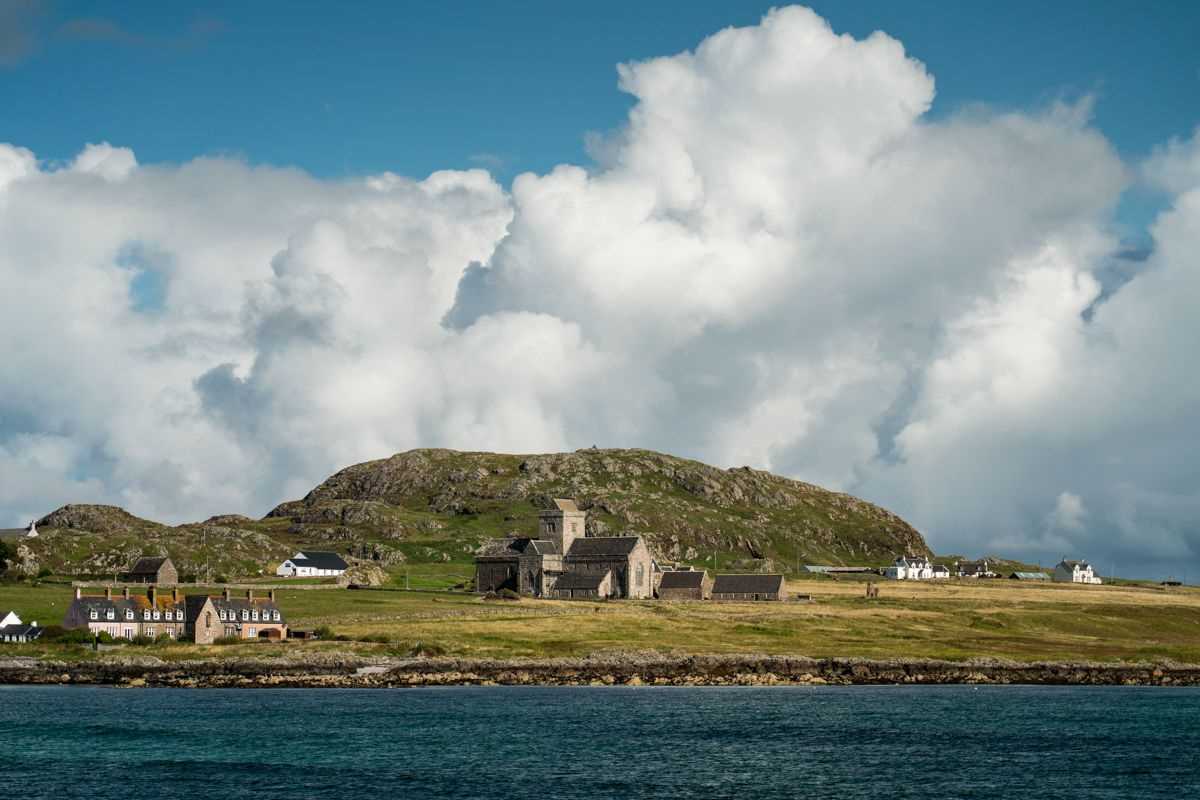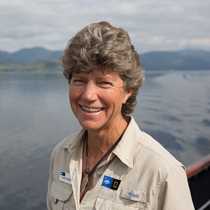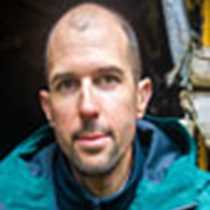The day started with a sail from Oban to Craignure across the silky-smooth Sound of Mull. We disembarked at Craignure on the Isle of Mull and boarded a bus for the day’s outing to Iona. As we traveled along the one-way road (passing lanes provided), bus driver Shelia provided informative commentary about the island’s history, local stories, and humor, all while maneuvering the full-sized coach through the narrow lanes.
On the far side of Mull, we left the bus in the village of Fionnphort for a short ferry ride over to Iona. This island has been a spiritual center and pilgrimage destination since St. Columba arrived in 563 AD, bringing the Christian faith to the Picts in the country now known as Scotland. In the Middle Ages, Iona became the site of a Benedictine abbey and Augustinian nunnery. We had the morning to explore the area: the magnificent cathedral and cloisters, the nunnery constructed of red granite quarried from Mull, and the king’s graveyard where Scottish, Irish, and Norwegian kings—including Duncan and Macbeth—have been buried over the centuries. The day was idyllic with blue skies and towering clouds in the distance, seas sparkling with aquamarine hues, and unobstructed views far across the islands to the surrounding ocean.
After lunch at the Columba Hotel, we left this magical island, retracing our journey back across Mull. Yet before reaching the ship, we diverted to Duart Castle, the 13th century seat of Clan Maclean. The castle was originally constructed in the mid-13th century, but it fell into ruin after the Macleans lost it following the first Jacobite uprisings of the 17th century. Restored in the early 1900s, the castle now functions as both museum and residence, with exhibits and displays for visitors. The splendid weather continued, and after a visit through the castle, many of us strolled the grounds that offered views of distant Oban—the town we’d left earlier in the day.
Then it was back to the ship, upon which we sailed from Craignure to Tobermory on the northwest edge of Mull. As we went, Dr. Lauren Hartny-Mills of the Hebridean Whale and Dolphin Trust (HWDT) gave a presentation on both the marine life of Scotland’s west coast and the HWDT’s work to protect the Hebridean Seas. The organization supports responsible whale watching, monitors marine mammals, and organizes a community wildlife sightings network. Through their work and the data produced, a Special Area of Conservation was created in this region.
At our berth in Tobermory, many took the opportunity to walk the town after dinner. Some visited the famous Mishnish pub, a bright yellow structure amid the array of seafront buildings in this multicolored town.









